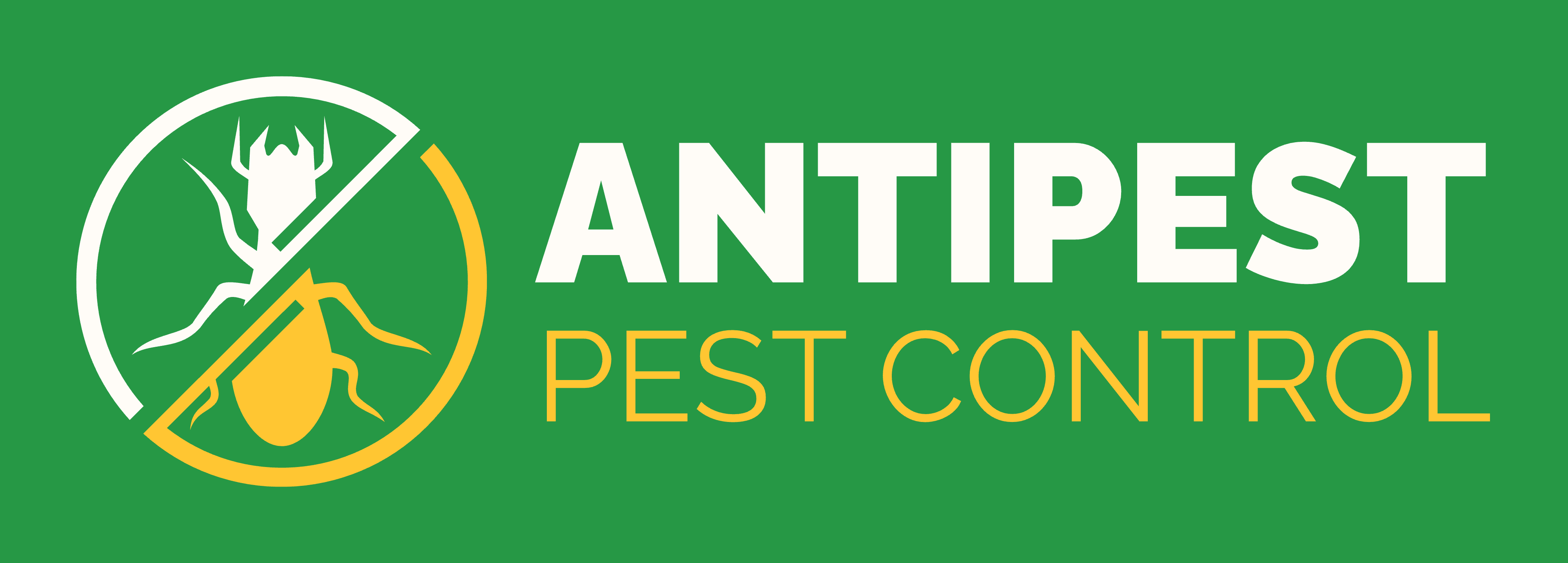Ants sneaking into your meal can be annoying and unhygienic. If you’ve ever wondered how to remove ants from food, you’re not alone, especially during warm or rainy seasons when infestations peak. Knowing how to remove ants from food is crucial to avoid contamination, prevent wastage, and keep your kitchen safe.
In this guide, we’ll share practical remedies, safe disposal tips, and prevention strategies so you’ll always know how to remove ants from food quickly and effectively. Whether it’s a picnic basket or your sugar jar, mastering how to remove ants from food helps you protect both your meals and your health. Ant infestations not only cause frustration but also pose potential health risks.
Table of Contents
Why Ants Invade Food?
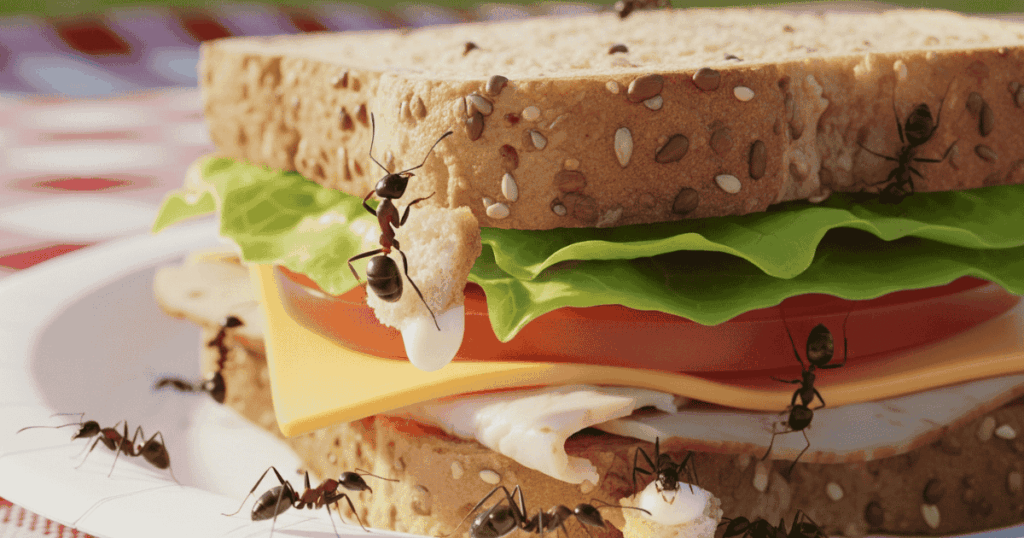
Ant infestations almost always start with food sources. Ants are attracted to sweet, greasy, or protein-rich items, and once they identify a food supply, they leave behind a pheromone trail for their colony to follow. This is why you’ll often see a steady stream of ants heading to and from the same spot.
By knowing what attracts them, you can understand how to remove ants from food more effectively. Simply wiping away ants isn’t enough; you need to eliminate both the food source and the chemical trails they create. When you’re aware of these triggers, it becomes easier to apply the right strategies for how to remove ants from food and keep your kitchen safe.
Common Reasons Ants Target Food:
Knowing what attracts ants helps you apply the best methods for prevention and elimination. Here are the most common culprits:
- Sugars: Honey jars, spilled juice, candy, or open sweets
- Oily foods: Butter, chips, fries, or greasy leftovers
- Ripe fruits: Bananas, mangos, apples, or any fruit kept uncovered
- Pet food: Left in bowls or spilled near feeding areas
By recognizing these attractants, you’ll be better prepared to handle infestations and apply safe techniques for how to remove ants from food before it becomes a recurring issue.
Common food-invading Ants
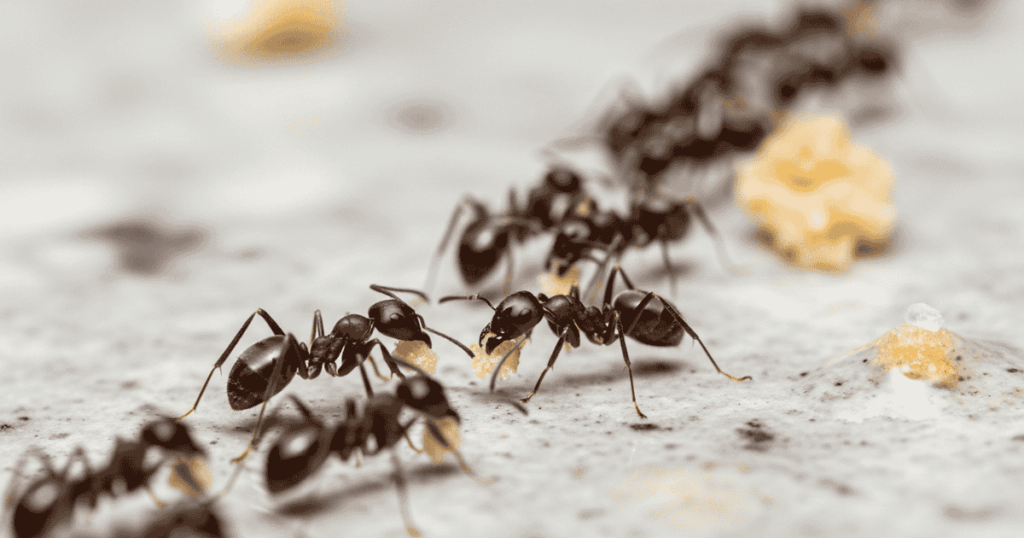
Common food‑invading ants are small, persistent trail‑makers that target sweets, fats, and proteins in kitchens and pantries, especially in warm or rainy seasons. Knowing the species helps tune bait choice and placement, which is essential for how to remove ants from food effectively, and prevents scatter from harsh sprays. Understanding behavior and food preferences turns identification into action, key to how to remove ants from food without worsening the infestation.
At‑a‑glance bullets:
- Odorous house ants: strong sweet/grease preference; bait along trails and seal gaps.
- Pavement ants: forage from foundations into kitchens; pair sanitation with protein/sugar baits.
- Argentine ants: multi‑queen supercolonies; rely on slow baits and meticulous exclusion.
- Pharaoh ants: avoid repellents; use gel baits to prevent colony splitting.
- Crazy ants: manage moisture, remove residues, and use targeted baiting.
- Fire ants: manage outdoors with mound treatments and perimeter baits; keep food protected.
Quick Food Ants Identification and Comparison Table
| Ant type | Typical look | What they target | Notable behavior | Best first step |
| Odorous house ants | Small, brown-black | Sugary spills, greasy residues | Strong trails; “rotten coconut” smell when crushed | Seal entry points; use sugar/grease baits |
| Pavement ants | Dark brown-black | Sweets, meats, oils | Nest under slabs; visible indoor trails | Tight food storage; protein/sugar baits |
| Argentine ants | Light–dark brown | Sweets, proteins | Large supercolonies; heavy trailing | Non‑repellent slow baits; strict sanitation |
| Pharaoh ants | Tiny yellow-brown | Sweets, proteins | Split colonies if sprayed | Gel baits; avoid repellent sprays |
| Crazy ants | Brown; long legs | Spills, pet food | Erratic movement; moisture-prone | Moisture control; broad sanitation + baits |
| Fire ants (regional) | Red/brown | Proteins, fats | Aggressive; stinging; mound builders | Outdoor mound/bait control; protect food |
Immediate Steps: How to Remove Ants from Food?
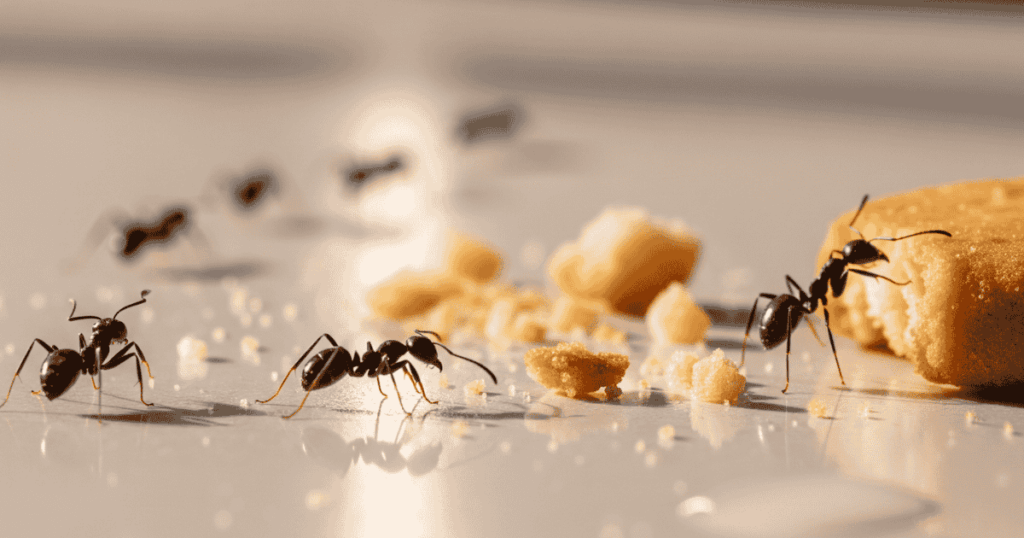
Ants inside food can instantly ruin your appetite. Knowing immediate actions helps you contain the invasion and salvage your kitchen quickly. Here’s how to remove ants from food when you catch them in the act.
- Check contamination level – If ants have completely swarmed food, discard it to avoid health risks. For minor contamination (say a fruit piece), wash the food thoroughly.
- Wipe surfaces quickly – Use vinegar water or soapy water to remove ant trails around counters or containers.
- Replace packaging – Food stored in paper or plastic should be transferred to airtight glass or steel containers.
Immediate Actions When Ants Invade Food
| Situation | What to Do | Precaution |
| Small fruit infestation | Wash fruit under running water before use | Inspect for larvae or eggs before eating |
| Ants in sugar/flour | Discard affected portion, sift remaining, and repackage | Store in airtight jars |
| Uncooked dry snacks | Remove visible ants, reheat or bake before consumption | Only if infestation is minimal |
| Cooked leftovers | Discard contaminated portion completely | Bacteria risk is higher |
Natural Remedies on How to Remove Ants from Food?
Chemical sprays are not suitable for kitchens or areas where food is stored. That’s where natural, safe remedies come into play. These deter ants without risking contamination. Understanding how to remove ants from food naturally protects your meals while keeping your kitchen eco-friendly.
1. Vinegar and Water Solution
Mix equal parts vinegar and water in a spray bottle. Spray and wipe down counters, shelves, or containers where ants are found.
2. Lemon Juice Barriers
The acidity of lemon disrupts ant trails. Wipe down problem areas with lemon juice or place lemon peels near food storage.
3. Cinnamon or Cloves
Both spices act as barriers. Sprinkle cinnamon powder or place clove pods around sugar jars, fruit bowls, or snack shelves.
4. Baking Soda and Sugar Trap
Mix equal parts baking soda and sugar. Ants will be drawn to the sugar but perish after ingesting the baking soda.
Natural Remedies vs Chemical Sprays
| Method | Safety for Food | Effectiveness | Best Use |
| Lemon juice | High | Moderate | Wiping counters, tables |
| Vinegar spray | High | High | Sinks, storage areas |
| Cinnamon | High | Moderate | Inside food jars |
| Chemical insecticide | Low (toxic) | Very High | Outdoor pest control |
By choosing safe remedies, you reduce risks of chemical contamination while learning how to remove ants from food effectively.
How to Remove Ants from Food Safely?
When ants are already inside your food, you need quick and hygienic steps to minimize wastage.
Steps for Removing Ants From Cooked Food:
- Assess the infestation – If food is heavily infested, it’s best to discard it to avoid contamination.
- Strain or sieve the food – For dry goods like sugar, rice, or grains, run them through a fine sieve to separate ants.
- Use natural repellents – Sprinkle cinnamon, neem leaves, or bay leaves around food while sorting to repel ants.
- Reheat cooked meals – If only a few ants got in, reheating food at high temperature may make it safe to consume after removal.
Safe Actions Based on Food Type
| Type of Food | Action If Ants Found |
| Dry goods (sugar, rice) | Sieve or filter ants, store in airtight containers |
| Fruits or vegetables | Wash thoroughly under running water |
| Cooked meals | Remove ants, reheat above 80°C before serving |
| Beverages (juice, tea) | Discard if ants drowned inside |
This ensures that you keep safe while salvaging what can be saved.
How to Store Food Properly to Prevent Ants Reinfestation on Food?
The best solution to food contamination is prevention. Proper storage ensures ants don’t get the chance to invade in the first place. If you want to master how to remove ants from food, you must understand which storage practices work best.
- Use airtight containers: Glass jars with rubber seals or lockable plastic bins work well.
- Double-layer storage: For items like flour, keep in original packaging but store inside a sealed container.
- Refrigerate perishables: Fruits, dairy, and cooked dishes should not be left out at room temperature.
- Secure pet food: Store in closed bins and wash bowls after meals.
Ant-Safe Food Storage Guide
| Food Item | Storage Solution | Why It Works |
| Sugar & salt | Glass/steel airtight jars | Prevents sweet trails attracting ants |
| Flour & grains | Vacuum-sealed lockers | Eliminates odor escape |
| Fruits | Refrigeration or sealed containers | Reduces scent trails |
| Snacks & chips | Resealable zipper bags in containers | Extra protection |
| Pet food | Airtight bins | No overnight access for ants |
Everyday Cleaning Habits to Protect Food from Ants
Kitchen cleanliness is directly tied to ant infestations. Even small crumbs can invite dozens of ants. Following strict cleaning routines ensures you never have to stress about how to remove antsfrom food repeatedly.
Key cleaning habits:
- Sweep and mop floors daily.
- Do not leave dirty dishes overnight.
- Wipe counters with vinegar water.
- Empty trash bins regularly.
- Clean sticky jars on the outside as ants follow residue.
Long-Term Prevention on How to Remove Ants from Food?
Learning how to remove ants from food goes hand-in-hand with ensuring a clean kitchen environment.
Essential Habits to Adopt:
- Daily cleaning of counters with mild disinfectants
- Weekly deep-cleaning of cabinets, jars, and shelves
- Checking cracks and crevices near walls and repairing them
- Avoiding overnight exposed food on kitchen counters
- Creating ant-deterring zones with natural ingredients like turmeric or clove
When practiced consistently, these habits reduce the chances of ants revisiting your kitchen.
Myths About Ants and Food Safety
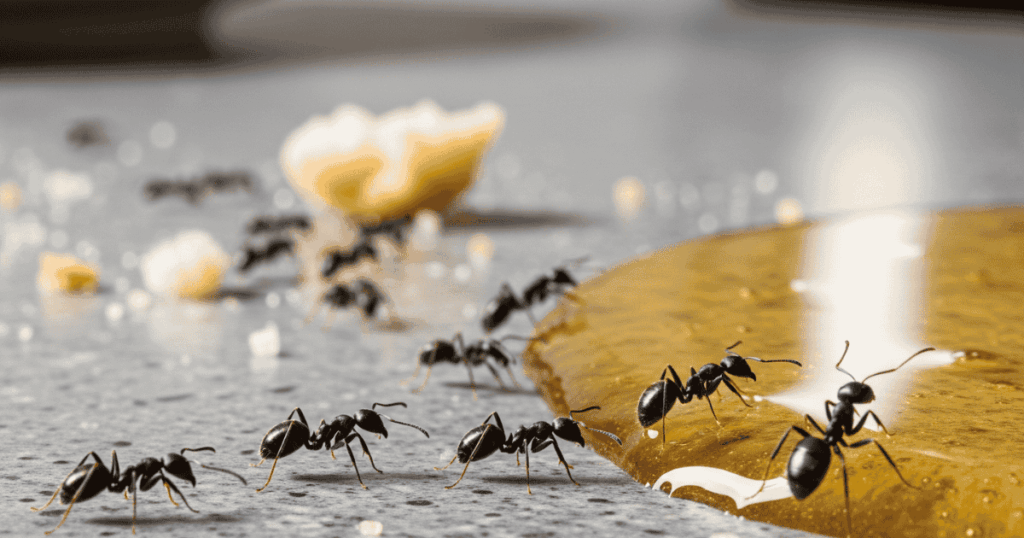
There are several misconceptions about how ants interact with food. Let’s clear them up.
- Myth 1: Ants sterilize food.
Fact: Ants carry bacteria and can contaminate meals. - Myth 2: Small ants are harmless compared to big ants.
Fact: Size doesn’t matter; both can spread contamination. - Myth 3: Boiling food after removing ants makes it always safe.
Fact: While heat kills bacteria, certain toxins may remain.
Understanding these myths ensures you adopt safe practices when considering how to remove ants from food
When to Call Pest Control for Ant Infestations?
Sometimes, natural methods and storage fixes may not be enough. Large colonies nesting near your food storage might require professional help. Understanding when to escalate is crucial for truly grasping how to remove ants from food effectively.
Call pest control if:
- Ant infestations recur despite daily cleaning.
- You notice ants in sealed jars (suggesting hidden entry points).
- Anthills appear near windows, walls, or storage cupboards.
- You see different ant species, including aggressive biting types.
For comprehensive and hassle-free ant removal and long-term pest prevention, trust the professionals at Antipest Office. Visit us at the Antipest Office, Our trained technicians use safe and effective methods to protect your home and business. For service bookings and consultations, call us at +91 9819018398 .
Conclusion: Final Thoughts on How to Remove Ants from Food
Removing ants from food requires quick action combined with long-term prevention. From sieving dry goods to reheating cooked meals, you can salvage food safely in some cases. Long-term strategies like airtight storage, natural repellents, and regular cleaning dramatically reduce infestations.
Ultimately, learning how to remove ants from food is more than about saving meals, it’s about protecting your health. Consistency is the key. If you maintain cleanliness while applying natural ant deterrents, your kitchen will stay safe and ant-free. So, the next time you face this issue, remember that knowing how to remove ants from food effectively saves both your food and your peace of mind.
How to Remove Ants from Food? – FAQs
How to remove ants from food quickly without wasting the entire meal?
Remove visible ants, strain or sieve the food, and reheat cooked items above 80°C to ensure safe consumption.
How to remove ants from food like sugar or rice effectively?
Sieve the grains or sugar through a fine mesh, then transfer into airtight containers to prevent future infestations.
How to remove ants from food naturally without chemicals?
Use natural repellents like lemon juice, vinegar, or cinnamon to deter ants while cleaning contaminated food safely.
How to remove ants from food items during picnics or outdoor meals?
Cover meals with lids, place citronella nearby, and wipe surfaces with vinegar water to keep ants away outdoors.
How to remove ants from food stored in jars or containers?
Empty the container, clean it with vinegar, dry thoroughly, and refill using airtight glass or plastic storage.
How to remove ants from food safely if children are around?
Opt for natural methods like washing fruits or reheating meals, and avoid using chemical sprays near children’s meals.
How to remove ants from food in pet bowls?
Create a water barrier around pet bowls, place them on elevated stands, and wipe the bowls regularly to stop ants.
How to remove ants from food when they infest cooked meals?
Scoop out ants, reheat the meal thoroughly, and ensure proper covering in the future for prevention.
How to remove ants from food without affecting its taste?
Use safe techniques, wash produce under running water, sieve dry foods, and avoid chemical sprays that alter flavor.
How to remove ants from food permanently and prevent reoccurrence?
Combine proper storage, airtight jars, natural repellents, and consistent kitchen hygiene to eliminate ants long-term.

